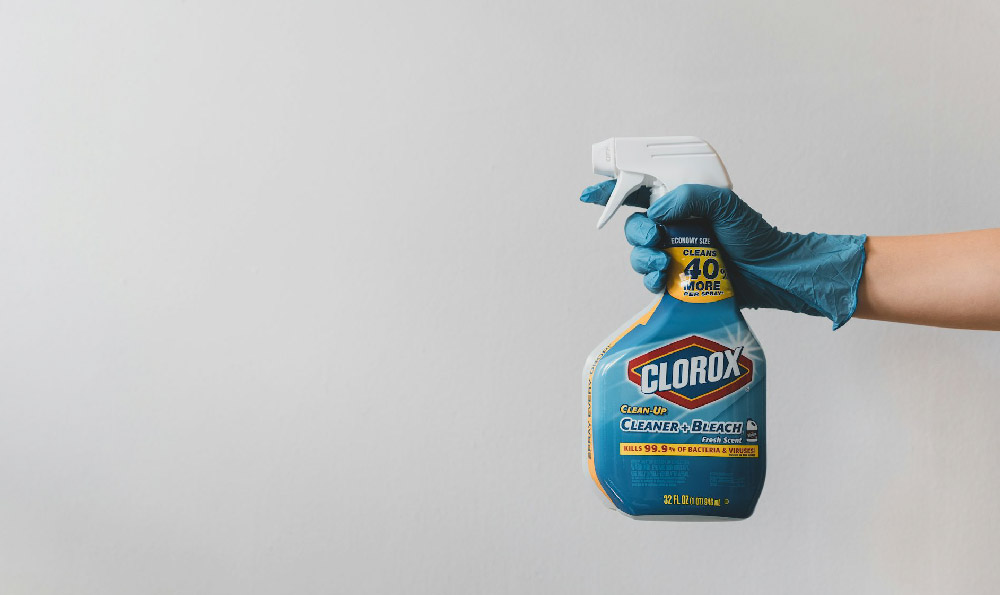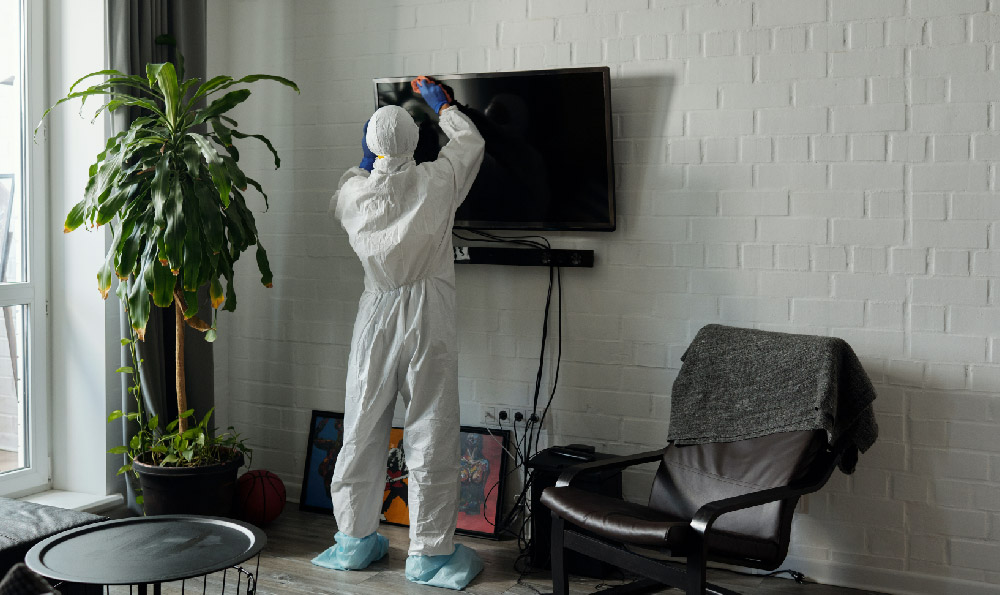
化妆品是现代人日常生活中不可或缺的一部分,我们可能忽视了一个重要的问题,那就是某些化妆品可能含有甲醛。甲醛是一种挥发性有机物,具有强烈的刺激性和致癌性,对人体健康存在潜在危险。本文将详细阐述“化妆品有甲醛”这一相关知识。
一、甲醛在护肤品中的名字是什么
甲醛在护肤品中通常被称为“禁用物”。用禁用物来代替甲醛的称呼是为了避免引起消费者的恐慌和担忧。在产品成分表中,禁用物常常用以下几种名字来描述:
1. 甲醛释放剂:某些化妆品中使用的成分会在一定条件下释放出甲醛。这些成分通常被称为甲醛释放剂,如甲醛缩水甘油和甲醛释放酯类等。
2. 甲醛代用品:为了降低产品中甲醛的含量,一些替代品被添加到化妆品中。这些替代品被称为甲醛代用品,如甲醛缩水甘油醚等。
3. 甲醛化合物:化妆品中含有的甲醛化合物也是甲醛的一种表述方式。这些化合物通常用于防腐剂和杀菌剂中,如甲醛聚合物和甲醛缩水聚醚等。
二、化妆品中存在甲醛的原因
1. 防腐剂的使用:甲醛具有杀菌和防腐的作用,因此在化妆品中作为防腐剂广泛应用。过量使用甲醛防腐剂可能导致甲醛超标。
2. 原料污染:化妆品原料中可能存在甲醛污染,例如甲醛释放剂和甲醛代用品的残留。这些污染物可能是由于原料的质量不合格或生产过程中的交叉污染导致的。
3. 不良产品管理:一些违规企业为了降低成本和提高产品的保质期,可能会不合规地使用甲醛或甲醛类物质。
三、化妆品中甲醛的危害
甲醛是一种具有刺激性和致癌性的物质,长期暴露于甲醛可能引发多种健康问题,如过敏、呼吸道刺激、皮肤损伤等。甲醛还可能使人体免疫力下降,增加患某些癌症的风险。
了解化妆品中甲醛的存在以及其可能的危害对于我们选择安全健康的化妆品至关重要。消费者应该仔细阅读化妆品成分表,避免使用含有甲醛的产品。政府和相关监管机构也应加强对化妆品的监管,严禁使用甲醛及其相关物质,确保消费者的权益和安全。通过共同努力,我们可以创造一个无甲醛、安全可靠的化妆品市场。
甲醛在护肤品中的名字是什么

护肤品是现代人日常生活中不可或缺的一部分,而甲醛作为一种常见的化学物质,可能存在于某些护肤品中。许多消费者并不清楚甲醛在护肤品中的名字是什么。本文将从定义、分类、举例和比较等方法来阐述有关甲醛在护肤品中的名字的相关知识。
定义:
我们需要明确甲醛的定义。甲醛,化学式CH2O,是一种无色气体,具有刺激性气味。它常用于工业生产和物品防腐,但过量暴露会对人体健康造成一定的危害。
分类:
根据护肤品中甲醛的用途,我们可以将其分为两类。第一类是作为护肤品的成分之一,用于改善产品的保存时间和稳定性。第二类是作为产品的污染物,可能由原料或生产过程中的其他化学物质产生。
举例:
甲醛在护肤品中的名字多种多样,具体取决于产品的种类和配方。某些防腐剂中含有甲醛,常见的名字包括“甲醛释放剂”、“甲醛酮”、“甲醛缩水甘油酯”等。某些产品可能使用其他化学物质制造甲醛,比如“聚醛”、“甲醛产生物”等。
比较:
尽管甲醛在护肤品中的名字多种多样,但许多消费者并不了解这些名字所代表的含义。这给消费者带来了困扰,也使得甲醛在护肤品中的使用备受争议。与此一些厂商可能使用模糊的名称或避免明确标注甲醛,以规避监管和引起消费者的误解。
对于消费者来说,了解甲醛在护肤品中的名字是非常重要的。只有通过明确了解产品成分,才能更好地选择合适的护肤品,减少对身体健康的潜在损害。监管部门也应加强对护肤品中甲醛的监督,维护消费者权益和安全。
香水里面的醛是甲醛吗
"Is Aldehyde in Perfume Formaldehyde?" A Professional Analysis

Introduction
Perfumes are one of the most popular beauty products, known for their pleasant fragrance and ability to enhance one's personal aura. However, concerns have been raised regarding the presence of aldehyde in perfumes and its potential connection to formaldehyde. This article aims to provide a comprehensive and objective analysis of whether aldehyde in perfumes is indeed formaldehyde.
Definition of Aldehyde and Formaldehyde
Aldehyde is a functional group in organic chemistry, characterized by a carbon atom bonded to a hydrogen atom and an oxygen atom (C=O). Formaldehyde, on the other hand, is a specific type of aldehyde, with the molecular formula CH2O. It is a colorless gas with a pungent odor, commonly used in the manufacture of various consumer products.
Classification of Aldehydes in Perfumes
Aldehydes play a crucial role in the formulation of perfumes, providing fragrance stability and enhancing longevity. However, not all aldehydes used in perfumes are formaldehyde. The International Fragrance Association (IFRA) categorizes aldehydes into various classes based on their structure and olfactory characteristics. These classes include citrus aldehydes, floral aldehydes, and fruity aldehydes, among others.
Examples of Aldehydes in Perfumes
Citrus aldehydes, such as citral and citronellal, are commonly used in perfumes to provide a fresh and zesty aroma. Floral aldehydes, such as benzaldehyde and cinnamaldehyde, add a touch of sweetness and warmth to fragrances. Fruity aldehydes, including hexanal and nonanal, contribute to the fruity notes found in many perfumes. It is important to note that none of these aldehydes are formaldehyde.
Comparison between Aldehyde and Formaldehyde
Although aldehyde and formaldehyde share similar chemical structures, they possess distinct properties and uses. Formaldehyde is a volatile gas that is toxic in high concentrations and can cause respiratory and dermatological issues. Aldehydes used in perfumes, however, are carefully selected and regulated by IFRA to ensure safety for consumers. These aldehydes undergo thorough testing and are used in minimal concentrations to avoid any potential harm.
Conclusion
In conclusion, the presence of aldehyde in perfumes does not indicate the presence of formaldehyde. Aldehydes used in perfumes are diverse and serve various olfactory purposes, contributing to the overall fragrance experience. It is crucial to differentiate between aldehyde as a generic chemical group and formaldehyde as a specific aldehyde compound. Perfume manufacturers adhere to strict regulations and guidelines to ensure the safety and quality of their products, offering consumers a delightful and worry-free fragrance experience.
(Word count 356)















